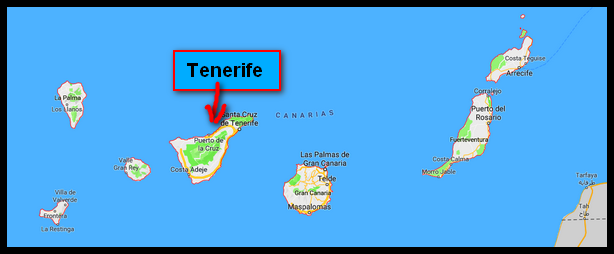 Canary Islands – All About Tenerife
Canary Islands – All About Tenerife
Tenerife is the largest island of the Canaries, a group of seven islands of volcanic origin situated not far off the coast of Morocco in northwestern Africa. Although closest to Africa, the Canaries actually are part of Spain, and have been since the 1400s when the Spanish took over.
Nowadays, Tenerife is the most popular tourist destination in the Canaries, along with neighboring island, Gran Canaria. Both islands are famous (or infamous) among British and European vacationers who head there in droves for warm, sunny beach get-aways, and especially to escape their countries’ cold winters.
Both islands have created grossly over-developed beach tourist enclaves, jam-packed with hotels, vacation rentals, condos and time-shares; restaurants, cafes, pubs and bars; souvenir shops and tour agencies; casinos & strip-joints. Quite frankly, it’s a huge mess.
On the bright side, these awful tourist traps on Tenerife and Gran Canaria are pretty well self-contained and situated on the southern coast of each island. That means the rest of the islands’ coastlines and interiors are left more-or-less free from the tourist hordes.
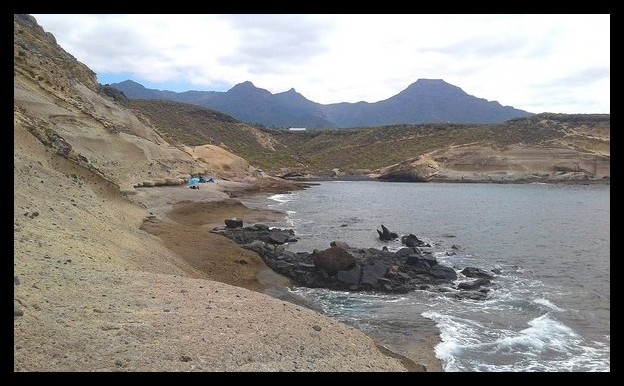
southern Tenerife view
Nature on Tenerife
And that’s great because Tenerife is actually a beautiful volcanic island filled with dramatic scenery, topped by Spain’s highest mountain (Who knew?!). There are huge volcanic craters, desolate volcanic scree fields, beautiful forests, tall cliffs plunging into the Atlantic Ocean, deep bays lined by high rocky headlands, and even some rather empty beaches.
The biggest natural attraction on Tenerife is its central peak, El Teide, which more or less dominates the entire island, with a height of 12,195 M / 3695 ft. That’s nearly as high as Mt. Fuji in Japan (3776) !
The peak is set inside vast El Teide National Park, which takes up about 1/3 of the island and is a UNESCO World Heritage Site. The rugged park is full of astounding views, hiking trails and winding mountain roads.
Anaga Rural Park is another large mountainous park is situated at the far northern tip of Tenerife. It begins just on the outskirts of the capital city, Santa Cruz de Tenerife. Anaga is famous for its beautiful forests and abundant hiking trails.
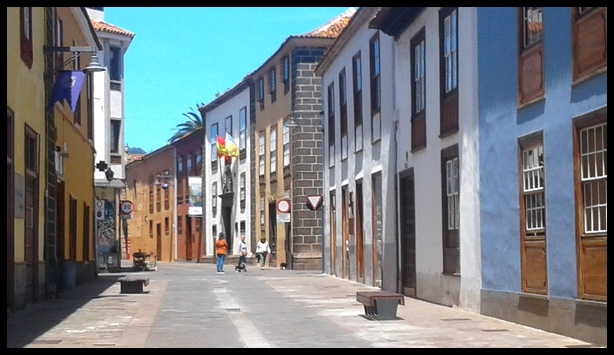
La Laguna – Tenerife
Historic Cities on Tenerife
Tenerife also has two historically-rich cities in the north. Santa Cruz de Tenerife and San Cristobal de La Laguna both offer stunning historic architecture, interesting museums & art galleries, huge markets and many annual events & festivals. Tenerife’s annual Mardi Gras in February is considered one of the best in Europe.
Adorable La Laguna was Tenerife’s first city, built by the Spanish, starting in the mid 1400s. The surprisingly large historic center has hundreds of gorgeous, beautifully-restored buildings, constructed between the 1400s-1900s, thus showcasing a variety of architectural styles.
Among the grand structures are several massive mansions of wealthy families. The homes were built with Tenerife Island volcanic stone and native wood, fancy woodwork and ornate wrought-iron railings, making them unique in the world. Most homes have been very well-preserved. Some are still owned by the original families and closed to the public. Others now house museums.
La Laguna also has some grand churches and massive La Laguna Cathedral.
Santa Cruz, on the other hand, has primarily developed into a modern city and has a few cutting-edge iconic modern buildings such as Tenerife Auditorium. It also has its historic neighborhoods, full of grand buildings, houses and shops.
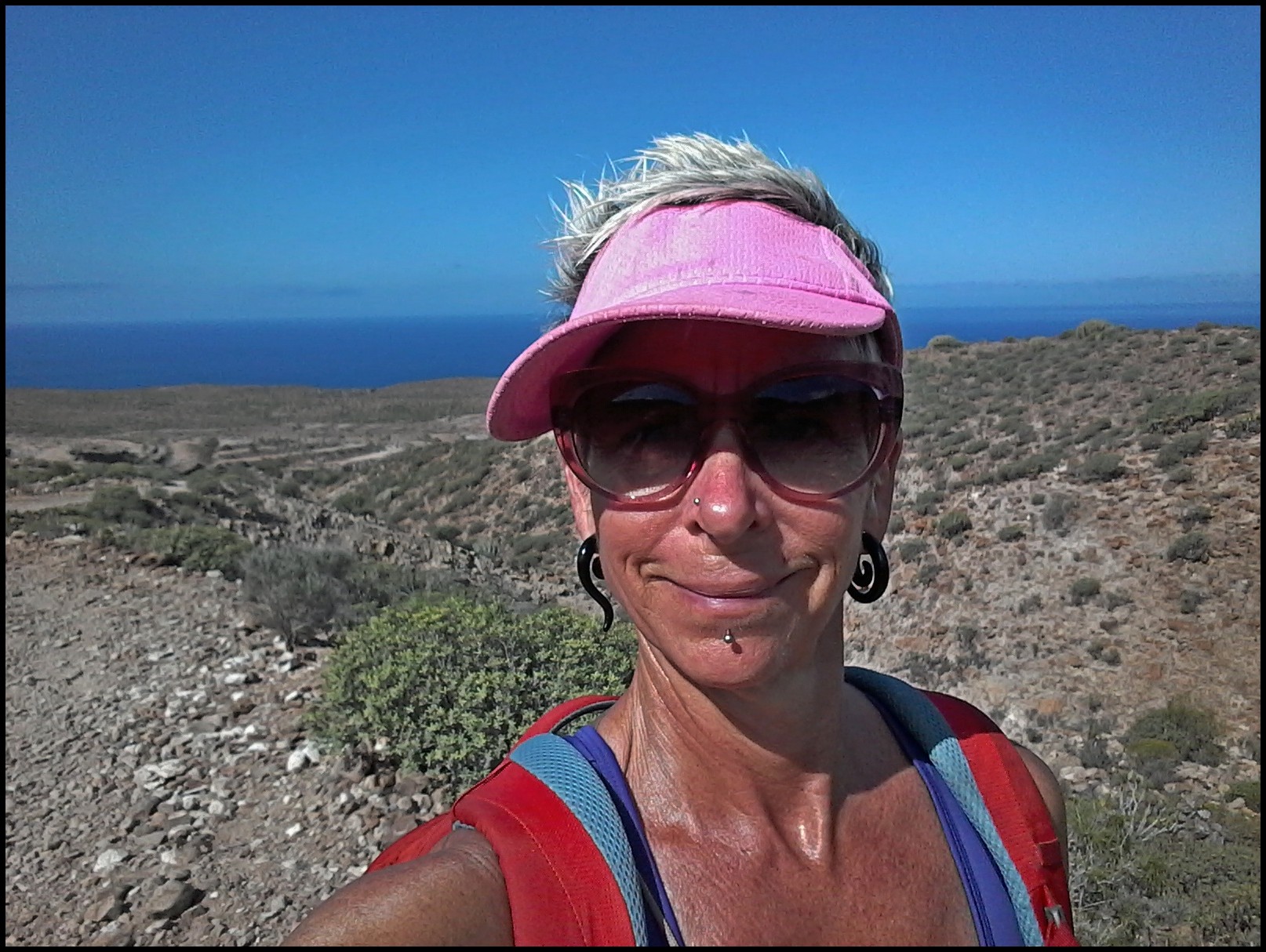
hiking in southern Tenerife
My Visit to Tenerife
I spent more than two weeks on Tenerife. Unfortunately, because of my hotel assignment, I spent all but a few days based at Tenerife’s most grossly-developed tourist trap area, Playa de Americas (American Beach).
Luckily, although the area was awful, I was still able to enjoy my time there due to several lucky factors. First off, I managed to find a great little share house, occupied by a group of foreigners who were working in the tourist industry. That meant they were all busy working and sleeping, not partying, like the tourists around us.
The house owner, a laid-back Italian guy, set up a bicycle just for my own use (!) which he referred to as ‘Lash’s bike’. When he wanted to ride it, he actually asked my permission! Lol
Having that bike was incredible. It allowed me to really explore the area, get out of the tourist ghetto and into some beautiful natural spots nearby.
I cycled along the miles-long coastal pedestrian/cycle way nearly every day. I explored a couple completely undeveloped bays (where hippies are living in caves and tents!). I discovered a small, nearly empty beach, and was able to go hiking in several mountains.
I was quite surprised at how many pockets of un-developed natural spots are tucked in & around that terrible development. Thank goodness for that bike! Thanks so much Niko!!!
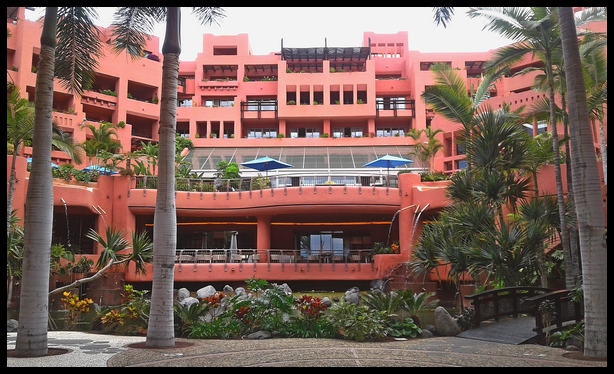
The Moroccan Kasbah-style Ritz Carlton Abama – Tenerife
Great Luxury Resorts on Tenerife
I also had the pleasure of visiting some really gorgeous & unique luxury hotels. One boutique hotel is an excellent copy of a contemporary Balinese luxury villa. Another hotel is an authentic Mexican hacienda-style hotel, complete with thousands of pieces of Mexican artwork, interiors, and even costumes bought by the hotel owner in Mexico and brought over.
One of the largest, longest-standing resorts was created by a Tenerife family, to replicate a historic Tenerife town. The family went so far as to import golden sand from Morocco to create Duque Beach, which turned out to be one of Tenerif’es prettiest beaches. And another fantastic resort imitates a huge Moroccan kasbah (castle) oasis, full of flowing water, plants and curving plazas.
The resorts were all wonderful places to visit.
Rather unfortunately, and rather surprisingly, I did not get to explore El Teide National Park, nor drive Tenerife’s scenic mountain roads, nor hike the rugged mountains like I did do on Gran Canaria and Lanzarote Islands.
By the time I reached Tenerife, my travel partner had returned home, so I no longer had a rental car. I could have done some explorations by bus, but they are pretty expansive and offer really poor times. In addition, I was quite busy visiting luxury hotels.
Since I’d already explored Gran Canaria and Lanzarote in great depth and done a lot of hiking, on Tenerife I was satisfied with daily cycling, hiking and suntanning on the southern coast in between my resort visits.
If I ever return to the Canary Islands, I will skip Tenerife altogether and visit the four smaller, considerably less-developed islands, which I missed this time around.
You might also enjoy –
El Hierro – La Gomera – La Palma – Fuerteventura Islands
================================================================







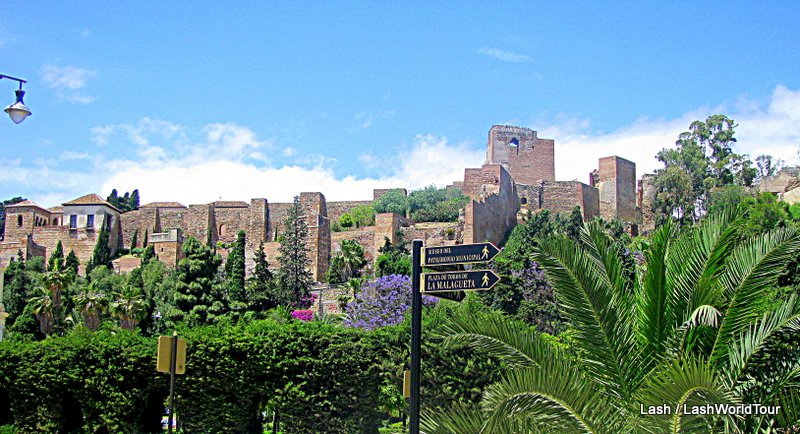

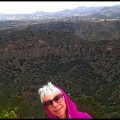

 Hi! I'm Lash, an American nomadic world traveler who's been traveling solo since 1998. I’m passionate about traveling the world nomadically and then sharing it all with you. I hope to inspire you to travel the world, to entertain you with tales from the road, and to help you reach your travel dreams. Welcome!
Hi! I'm Lash, an American nomadic world traveler who's been traveling solo since 1998. I’m passionate about traveling the world nomadically and then sharing it all with you. I hope to inspire you to travel the world, to entertain you with tales from the road, and to help you reach your travel dreams. Welcome! 



